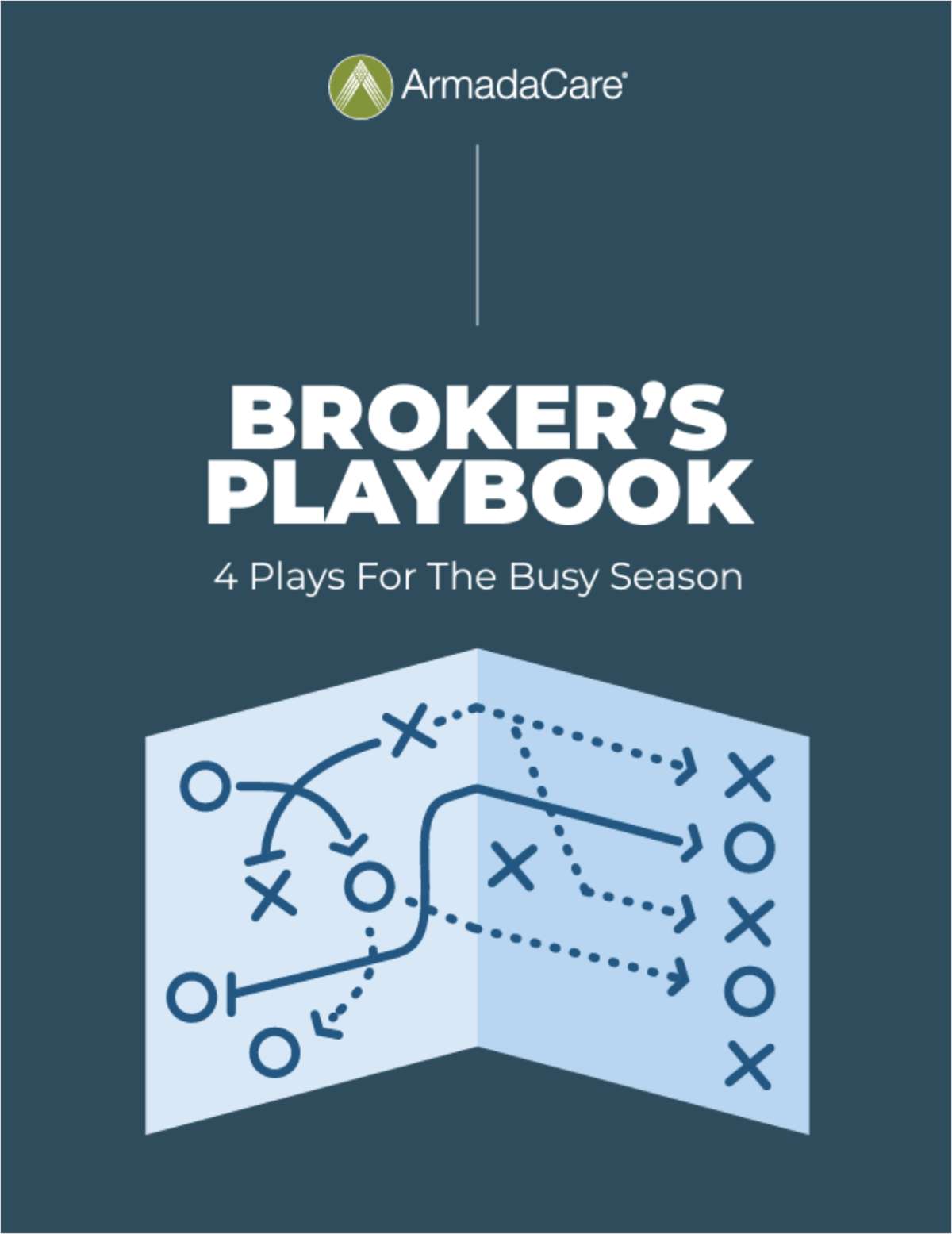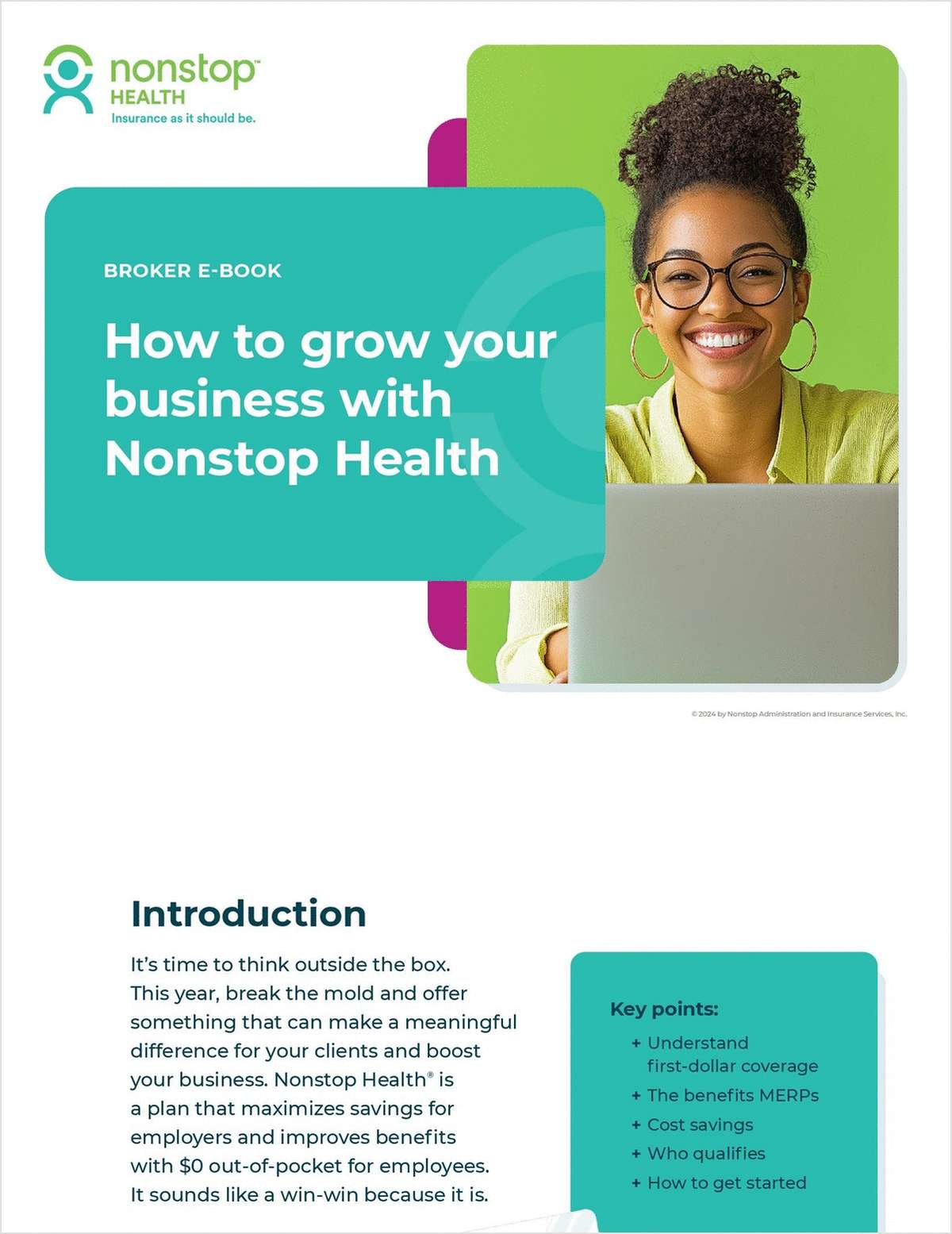The magnitude of the opioid problem is unfathomable, and touches countless lives. From 1999 to 2010, the amount of prescription opioids sold to hospitals, pharmacies and doctors’ offices in the U.S. almost quadrupled.1,2,3 Yet, during that time, there had not been a reduction in the amount of pain that Americans reported.4,5 Moreover, during that time, prescription opioid overdose deaths increased at a similar rate.
Employee productivity has also been greatly impacted by opioid abuse. These highly addictive and often over-prescribed medications have had a profound impact on families and businesses. Reports show that individuals with addiction are far more likely to be sick or absent, or to use workers' compensation benefits. According to one study, prescription opioid abuse cost employers more than $25 billion in 2007.6 Moreover, in a study published by the Centers for Disease Control and Prevention (CDC), the “likelihood of chronic opioid use increased with each additional day of medication supplied starting with the third day,” and some of the “sharpest increases in chronic opioid use [were] observed after the fifth and thirty-first day on therapy.”7
The CDC reports:
-
As many as 1 in 4 patients receiving long-term opioid therapy in a primary care setting struggles with opioid addiction.8,9,10,11 In 2014, nearly 2 million Americans either abused or were dependent on prescription opioid pain relievers.
-
The supply of prescription opioids remains high in the U.S.12 From 2007 to 2012, the rate of opioid prescribing steadily increased among specialists likely to manage acute and chronic pain, with opioids prescribed at the highest rates for pain medicine, surgery, and physical medicine/rehabilitation.13
-
Though rates of opioid prescribing have increased among specialists, primary health care providers account for half of all opioid pain relievers dispensed.13 These primary care providers report that they are concerned about opioid-related risks of addiction and overdose, as well as insufficient training in pain management. Long-term use of opioid pain relievers for chronic pain can be associated with abuse and overdose, particularly at higher dosages.
The problem is undeniable. So, what do HR executives and the brokers who support them need to know about opioids to help improve health outcomes and lower costs due to unnecessary use of these often harmful medications? While the answer is not simple, there are three primary solutions that can be applied across any organization:
-
Design workplace protocols to include prevention, education and awareness strategies
-
Know what to ask your PBM partner regarding strategic prescription drug management
-
Point of sale edits, including duplicate therapy edits
-
Proactive provider communications
-
Quantity limits
-
Starter dose programs
-
Be aware of ongoing utilization review and oversight
Prevention and awareness strategies
When it comes to prevention and awareness, scare tactics don’t work. According to the National Institute of Health Science Panel findings in 2004, “Programs that rely on scare tactics to prevent problems are not only ineffective, but may have damaging effects.”
Continue Reading for Free
Register and gain access to:
- Breaking benefits news and analysis, on-site and via our newsletters and custom alerts
- Educational webcasts, white papers, and ebooks from industry thought leaders
- Critical converage of the property casualty insurance and financial advisory markets on our other ALM sites, PropertyCasualty360 and ThinkAdvisor
Already have an account? Sign In Now
© 2024 ALM Global, LLC, All Rights Reserved. Request academic re-use from www.copyright.com. All other uses, submit a request to [email protected]. For more information visit Asset & Logo Licensing.








